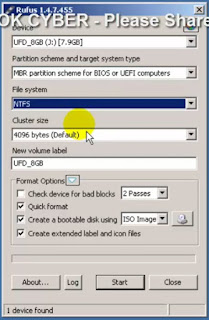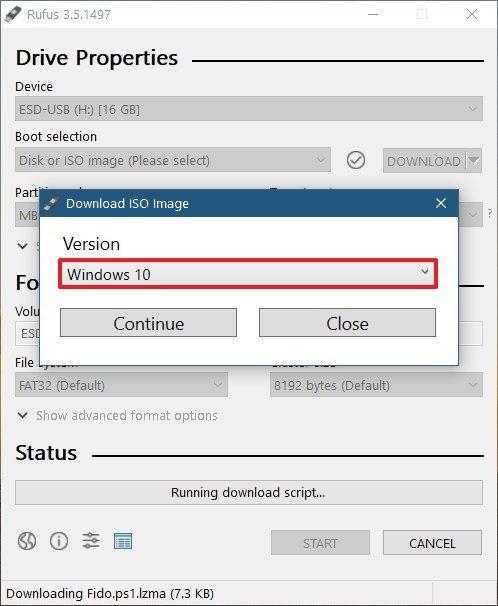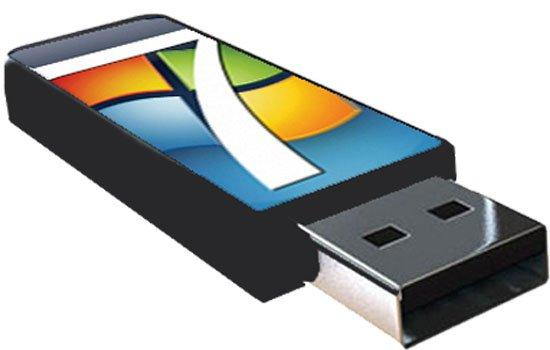
- #Rufus iso usb tutorial mac os
- #Rufus iso usb tutorial install
- #Rufus iso usb tutorial update
- #Rufus iso usb tutorial windows 10
- #Rufus iso usb tutorial software
PS: This method is a bit difficult and error-prone and is not recommended if you are a novice. Wimlib-imagex split /Volumes/CCCOMA_X64FRE_EN-US_DV9/sources/install.wim /Volumes/WIN10/sources/install.swm 4000 Finally enter the command this command to end the process:

#Rufus iso usb tutorial install
Rsync -avh -progress -exclude=sources/install.wim /Volumes/CCCOMA_X64FRE_EN-US_DV9/ /Volumes/WINDOWS10ĭon't forgot to install the Homebrew. Copy all files except install.wim to the USB drive by using the following command prompt. If it's more than 4 GB, you'll need to split the file. So, I've tried Terminal to create a bootable USB on macOS.
#Rufus iso usb tutorial windows 10
The problem is that on MacOS that format restricts individual files from being larger than 4gb, and the install.wim file in the Windows 10 iso must be more than 4 G.Įtcher doens't seem to be able to process the ISO file larger than 4 GB. You will receive a warning message when trying to import Windows 10 ISO into the program and it recommends other tools instead for burning Windows ISO. P.s Balena Etcher does not support Windows OS. You can still use this app for creating bootable Windows USB on Catalina and Mojave as far as I know. However, this feature is removed from Boot Camp app on macOS Big Sur.

It is a built-in free app shipped with macOS by default. If you are using an old version of Windows 10 ISO, then Boot Camp Assistant can help you get this done easily. Here is a nice tutorial for creating bootable USB on Mac: Also, this app works on latest Big Sur and M1 Mac as just tested it on a M1 MacBook Air with macOS Big Sur 11.5. It automatically splits the large ISO file into small parts so the Windows installation files can be sit on a FAT32 partition, which is the only working file system supported by Mac for Windows install. If you are using a newer Windows 10 ISO (after version 201809), then UUByte ISO Editor is the best app for creating a bootable USB on Mac. I managed to create several bootable Windows 10 USBs on Mac (Mojave, Catalina and Big Sur) in recent years. I had to create a Windows partition on my hard drive and boot into that to make a functioning boot drive. The ExFAT formatted drive with Windows ISO did not work as a bootable drive. Will report back if I run into any issues. All this said, I have yet to actually use this drive to INSTALL Windows as I'm building the computer tomorrow. I just did this with a Sandisk 32GB drive and it worked perfectly. Select "ExFAT" in the format dropdown and confirmĪfter this process you are able to move larger files into your USB drive. Select drive you want to be the boot drive
#Rufus iso usb tutorial mac os
Here are the steps! For reference I'm running Mac OS Monterey (v12.0.1) The easiest thing to do is just to reformat your drive to 'ExFat' using Disk Utility.

Sorry if this is a breach of etiquette (commenting on an old thread!)
#Rufus iso usb tutorial software
You don't need to download any new software to do this, everything is already included in current Mac OS.
#Rufus iso usb tutorial update
Now it is possible to use it to upgrade Windows 11 installations on incompatible systems once the first feature update is released using Inplace upgrades.In case anyone stumbles onto this thread I'm going to give what I believe to be the easiest solution to this problem. Rufus is a handy application, and the new bypass option for Inplace upgrades makes it even more attractive. Installation and upgrade will bypass the requirements check regarding TPM and secure boot. Select the Start button to create a bootable Windows 11 media that you may use to install Windows 11 from scratch or to perform Inplace repairs or upgrades with.

Optional: you may change the volume label but should leave most options as they are.Switch from Standard Windows 11 Installation (TPM 2.0 + Secure Boot) to Extended Windows 11 Installation (no TPM / no Secure Boot).Rufus downloads Fido and you may use it to download a Windows 11 ISO to your system. Alternatively, you may also select the tiny down-arrow button next to Select in the Rufus interface to switch it to Download. If you don't have a Windows 11 ISO image already, check out our guide on downloading Windows 11, or use the Fido application that has been created by the developer of Rufus to download Windows 11.If you already have a Windows 11 ISO image, activate the Select button and select it using the file browser that opens.Insert a USB device that you want to turn into bootable media into the PC.Run the application with elevated rights.Download Rufus 3.18 Beta or newer, when released, from the GitHub project website.


 0 kommentar(er)
0 kommentar(er)
